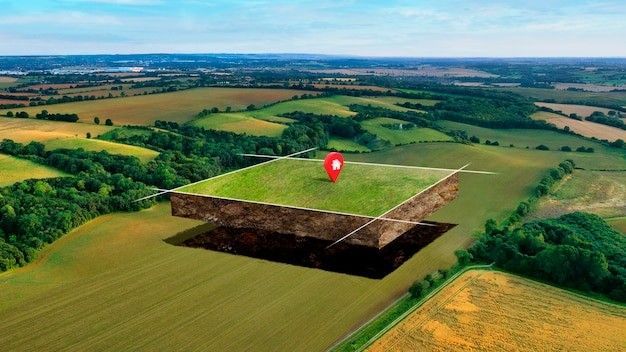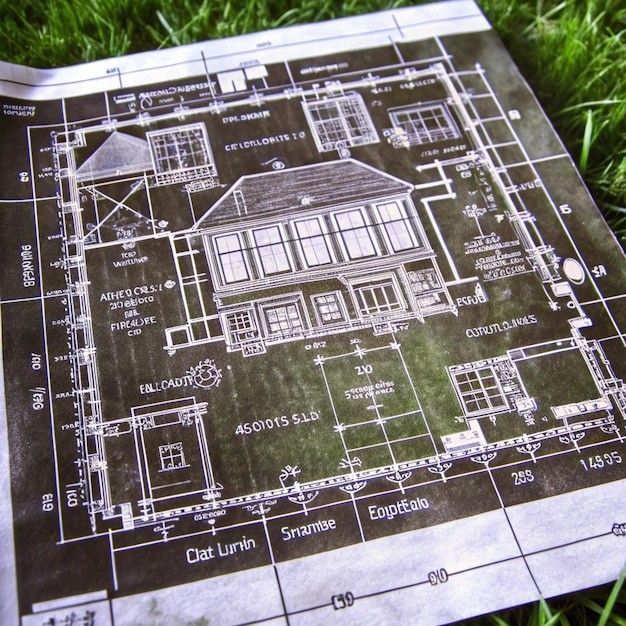How a Perfect Plot Plan Turns Raw Land into a Dream Development
Turning raw land into a dream development is a detailed process, requiring thoughtful planning and careful design. One of the most essential steps in this transformation is creating a plot plan, which serves as the foundation for all future development. If you’re wondering how to get a plot plan, it’s important to collaborate with experienced land planners and surveyors who can help bring your vision to life. A well-drafted plot plan helps define how the land will be used, where structures will be placed, and ensures the development aligns with zoning and regulatory requirements.
The Importance of a Plot Plan in Land Development
A plot plan is the blueprint that makes a land development project possible. It outlines key elements like the layout, dimensions, and placement of structures, utilities, roads, and other features. A detailed plot plan not only helps visualize the project but also serves as a guide throughout the development process. It ensures that everything fits within the boundaries of the land while complying with local laws and regulations.
Having a well-drafted plot plan is essential for identifying potential challenges before they arise. This might include the impact of the land’s natural features, such as slopes, soil conditions, and drainage patterns, all of which can affect construction. For developers, this foresight helps prevent costly setbacks.
Key Elements of a Plot Plan
Creating an effective plot plan requires attention to detail. The key elements that need to be included in the plan are:
1. Property Lines: The boundaries of the land are clearly marked to establish the size and limits of the development.
2. Building Placement: The precise locations of buildings, ensuring compliance with zoning laws and maximizing the available space for the intended purpose.
3. Roads and Access Points: Paths for vehicles and pedestrians to move within the property, ensuring the layout supports accessibility and traffic flow.
4. Utilities: Placement of essential utilities like water, sewer, and electrical lines to ensure the development functions seamlessly.
5. Topography: A depiction of the land’s natural features, such as slopes, trees, and bodies of water, which may influence how the land is developed.
By getting all of these components right, the project is set up for success, helping developers make the most out of the raw land available.
Navigating Permits and Approvals.
Once a plot plan is developed, it needs to be submitted to the local authorities for approval. Different areas have different permit requirements, and developers must navigate this process to ensure their project moves forward smoothly. One specific permit that’s often needed is a pool permit plot plan , especially if a swimming pool or other water features are part of the development. This plot plan must account for pool placement, safety regulations, and utilities.
Securing the proper permits and approvals can take time, but having a clear, professionally designed plot plan can help speed up the process and avoid unnecessary delays.
In Closing:
A perfect plot plan is essential for turning raw land into a thriving development. It provides structure, clarity, and a visual roadmap for developers, ensuring that every aspect of the land is utilized efficiently. Whether you’re planning residential housing, a commercial complex, or adding amenities like a pool, proper planning is crucial. At RealMapInfo LLC, we specialize in expert land planning and surveying services. Our team is here to help you design the perfect plot plan, ensuring it meets your vision and complies with all local regulations. Whether you’re developing a new site or adding features like a pool, we provide the professional guidance you need.
Ready to transform your raw land into a dream development? Contact RealMapInfo LLC today for expert help with your plot plan and permitting needs.












Share On: